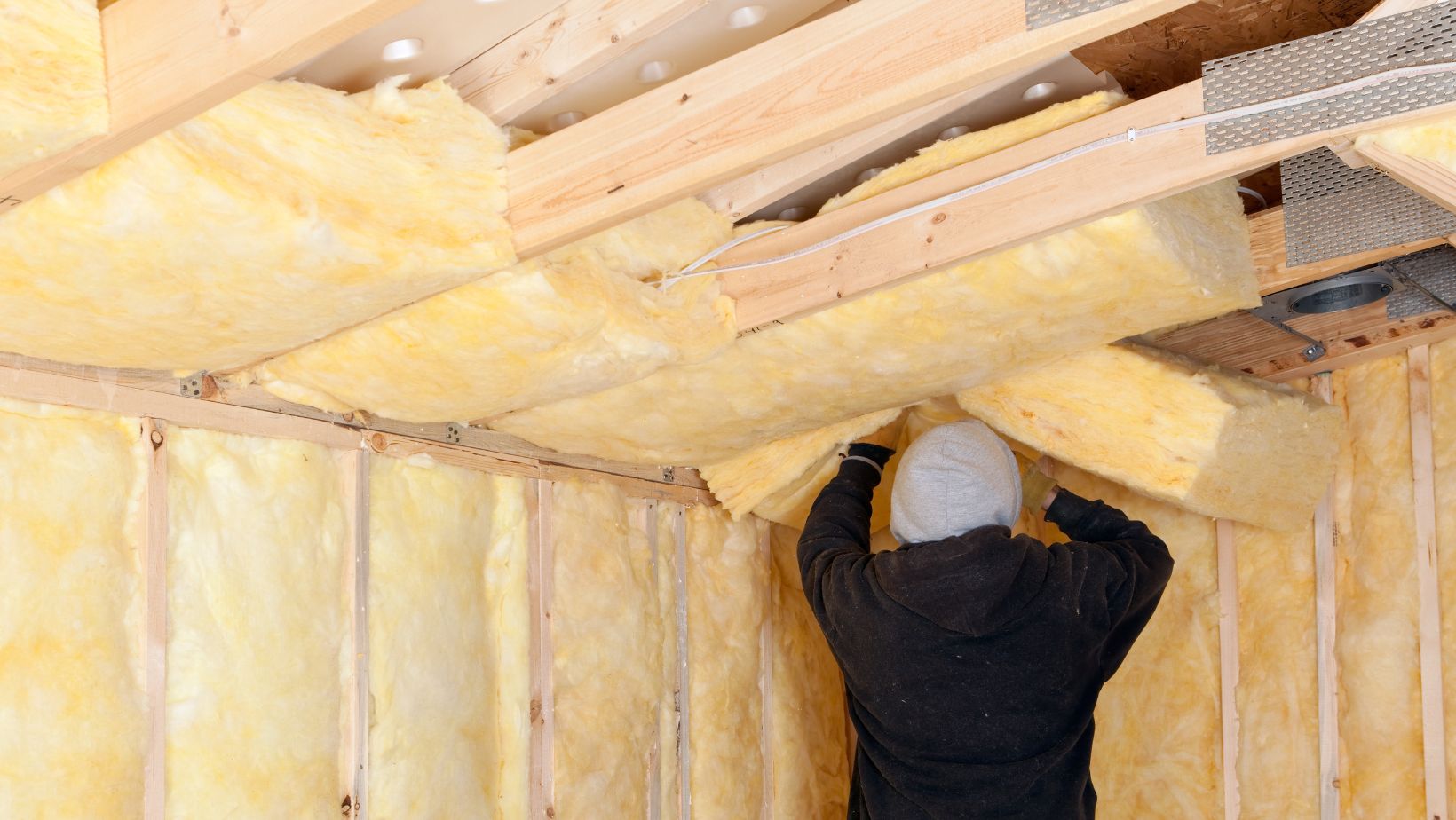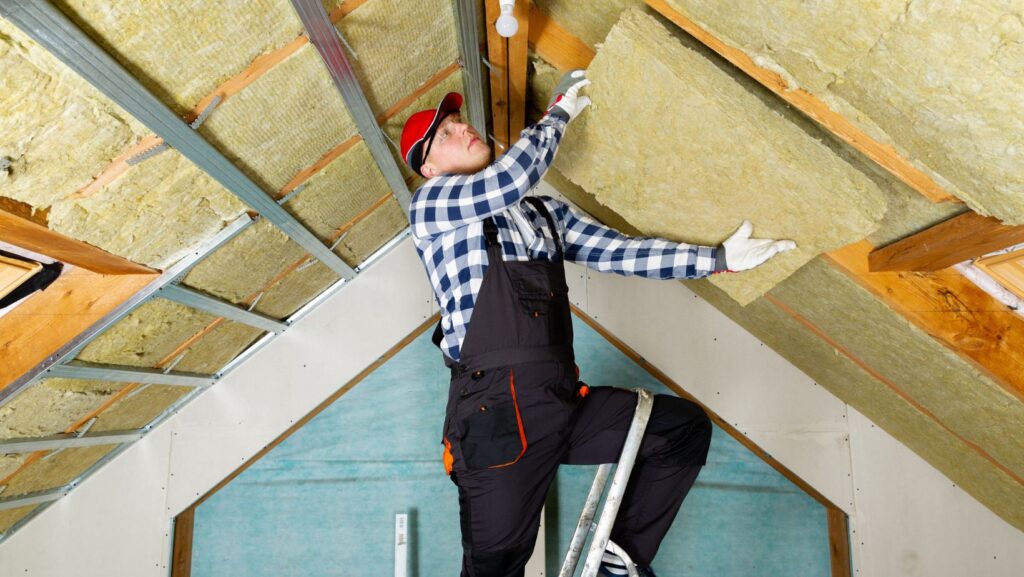Many homeowners rarely think about their attic beyond the occasional holiday decorations or old boxes. However, what’s going on in that uppermost part of the home plays a vital role in comfort and energy efficiency. We will explore how attic insulation services can transform your house’s performance throughout the year. Insulation is more than a material layer—it’s a barrier that helps regulate indoor temperatures, lowers energy bills, and eases the burden on your HVAC system. When insulation is lacking, air escapes freely, meaning your heating and cooling systems must work overtime. That drives up your utility costs and leads to inconsistent room temperatures, drafts, and added wear on equipment. Proper attic insulation helps retain warm air in winter and blocks excess heat during summer, creating a more balanced indoor climate. It’s a smart investment that supports your comfort and wallet with long-term returns.
Rethinking What’s Above Your Ceiling
-
The Role of Attic Insulation in Home Energy Loss
Attics are one of the most common places for air to escape in a home. Hot air rises, and without a sufficient thermal barrier, it will continue right through the ceiling and out the roof. During winter, this can lead to significant heat loss, while in summer, the attic becomes a heat trap, making the rooms below harder to cool. This results in your HVAC system running longer cycles, using more energy, and potentially shortening its lifespan. Even newer homes can suffer from insulation gaps, poor installation, settling material, or damage over time. Homes built decades ago often lack insulation or use outdated materials that no longer perform well.

Identifying these deficiencies usually requires an attic inspection, where temperature changes, air leaks, and inadequate coverage can be revealed. Once identified, upgrading attic insulation can significantly reduce your monthly utility costs while enhancing the comfort of your living spaces year-round.
-
Types of Insulation Materials and Installation Approaches
Not all insulation is created the same. When choosing the right material for an attic, factors like climate, attic layout, existing insulation, and budget all come into play. Fiberglass batts are widely used and easy to install, often fitting neatly between joists. However, blown-in insulation is ideal for filling hard-to-reach spaces and creating a more consistent barrier across irregular surfaces. In hotter climates, radiant barriers and spray foam are also used to prevent heat from radiating down into living areas. Each option comes with its pros and cons. For instance, spray foam offers an air seal in addition to insulation but costs more upfront. Blown-in cellulose, often made from recycled material, is eco-friendly and fire-resistant but can settle over time. The installation approach matters, too—properly sealing air leaks before adding new insulation is crucial to maximizing performance. The key is matching the material to the structure and the specific goals you want to achieve.
-
Signs Your Attic Needs New or Improved Insulation
Most homeowners don’t climb into their attic often, so insulation issues can go unnoticed for years. However, signs throughout your home suggest the attic may not be performing its role effectively.

One of the most common indicators is fluctuating indoor temperatures—rooms that are hard to heat in winter or seem to bake in the summer. Higher-than-normal energy bills are another red flag, significantly if you’ve already upgraded appliances or windows. Drafts and cold spots near the ceiling also point to poor insulation overhead. You might notice ice dams forming along your roofline during colder months, a telltale sign that heat is escaping and melting snow prematurely. Moisture in the attic, mold growth, or signs of pests can also indicate that insulation is degraded or poorly installed. Evaluating the attic can identify which areas need sealing, more material, or a complete insulation overhaul to restore efficiency and comfort.
-
The Long-Term Value of Professional Insulation Services
While some insulation jobs can be approached as DIY projects, comprehensive attic upgrades are usually best left to trained technicians. They understand how to seal air leaks, install materials correctly, and ensure the space meets local building codes. More importantly, they can recommend insulation levels appropriate for your region and home size. Investing in attic insulation services pays off over time—not only by reducing monthly utility expenses but also by prolonging the life of your HVAC system. Proper insulation improves indoor air quality by reducing drafts and limiting dust and outdoor pollutants. This attention to detail ensures the insulation performs effectively for years without needing constant maintenance or frequent adjustments. Many homeowners have seen a return on investment within a few years simply through energy savings. Working with professionals like First Defense Insulation Insulation Services ensures your project is done thoroughly, efficiently, and tailored to your home’s needs. Their experience helps avoid shortcuts that could compromise results later on.
Improving your attic’s insulation may not be as visually satisfying as a kitchen remodel, but its impact on your home’s efficiency and comfort is just as meaningful. It’s one of those updates that quietly works behind the scenes daily, helping to stabilize indoor temperatures, reduce energy consumption, and support the systems that keep your home running smoothly. Whether your goal is lowering your monthly bills, increasing your home’s resale value, or simply feeling more comfortable during seasonal changes, attic insulation delivers. Assessing your attic’s current condition and exploring your options opens the door to smarter living and long-term benefits. Instead of letting conditioned air escape and paying more than you need to, reinvesting in the upper level of your home could be the key to year-round comfort. With a targeted approach and the right materials, attic insulation transforms from an overlooked space into a cornerstone of energy-smart living.
